Adventures in Rome: Days 3 and 4
They say Rome wasn’t built in a day, and this trip proved that saying true in every way.
Day three started with the Roman Forum, which turned out to be one of the trip highlights. Wladek guided us through the ruins, telling stories that brought everything to life. The Forum was the center of ancient Roman public life, basically their version of downtown. It was where political debates happened, laws were passed, trials were held, religious ceremonies took place, and even markets and festivals were set up.
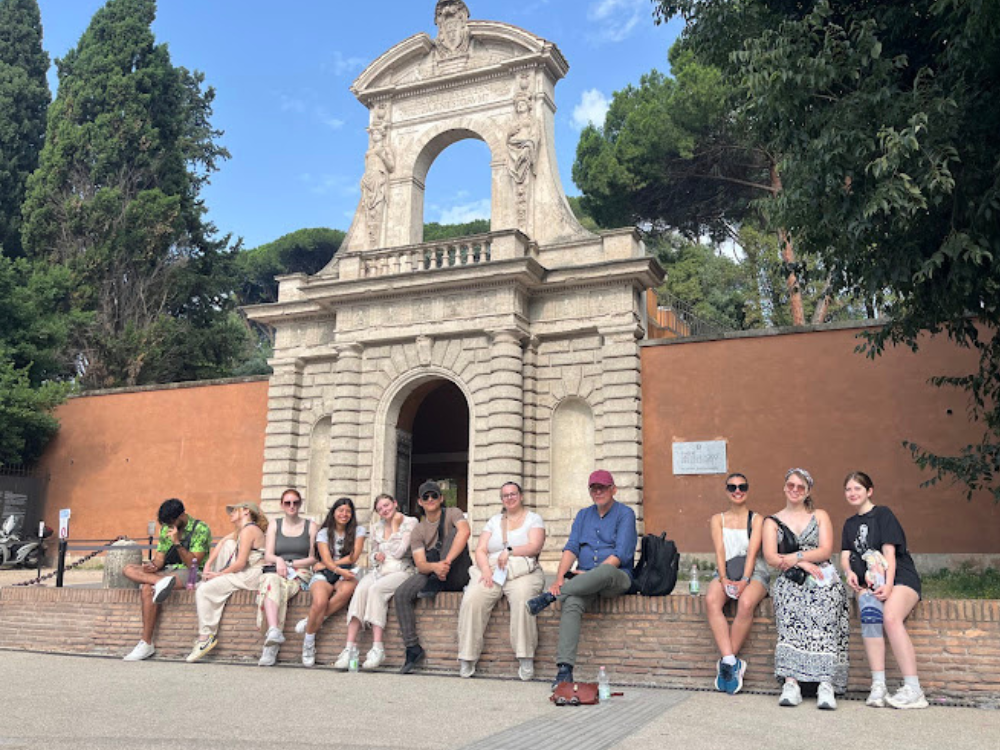
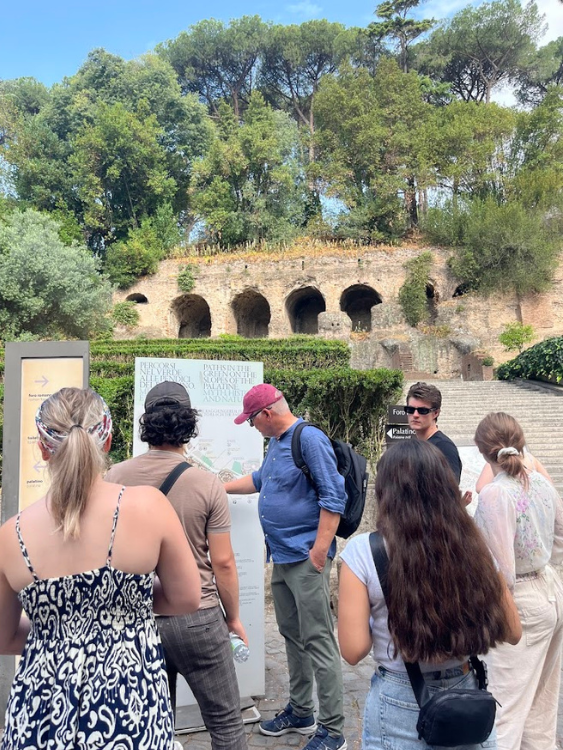
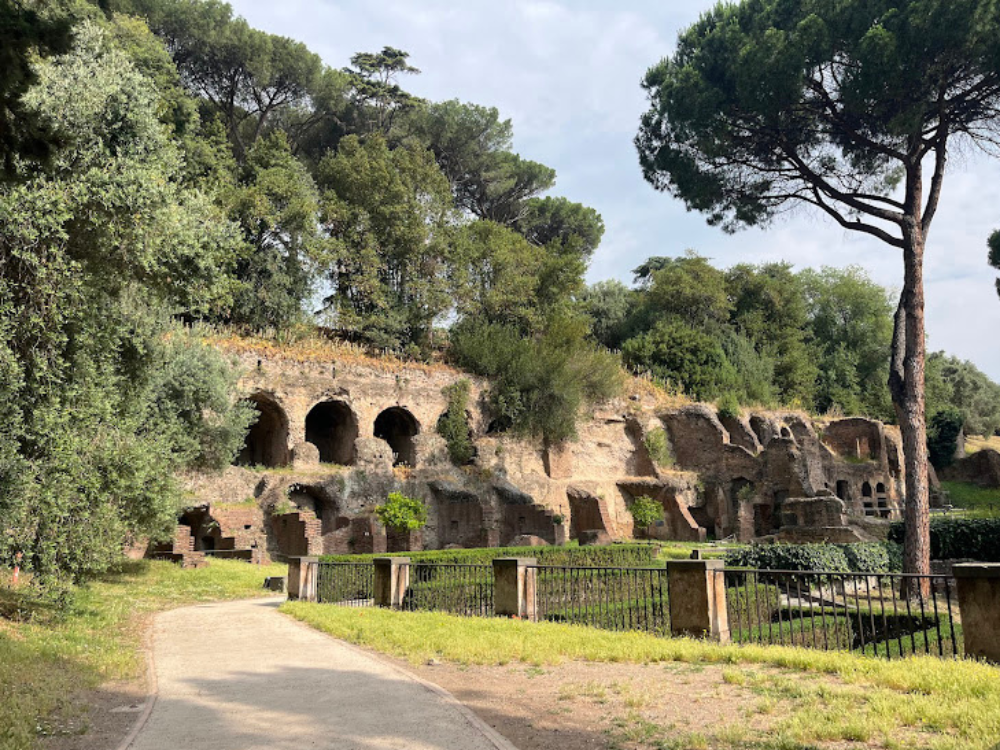
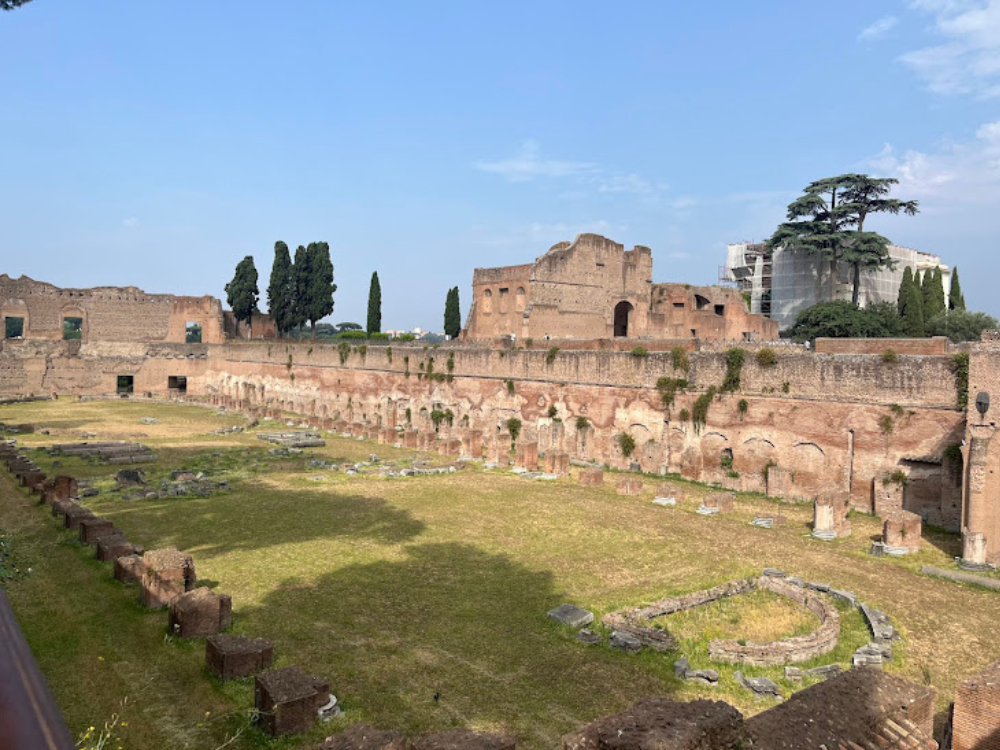
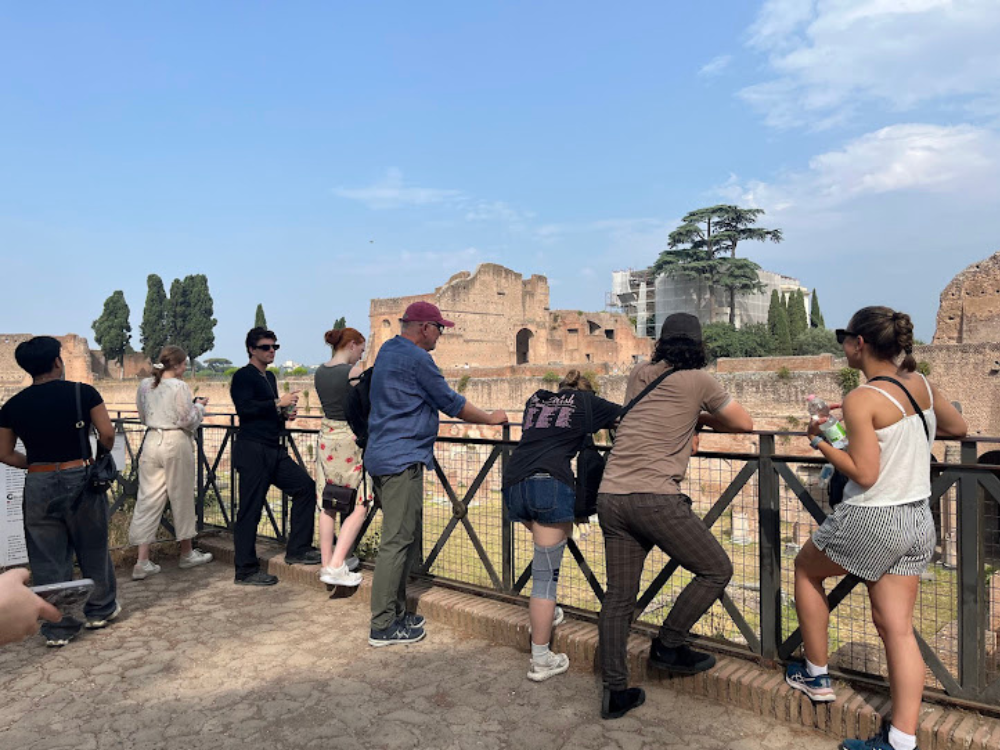
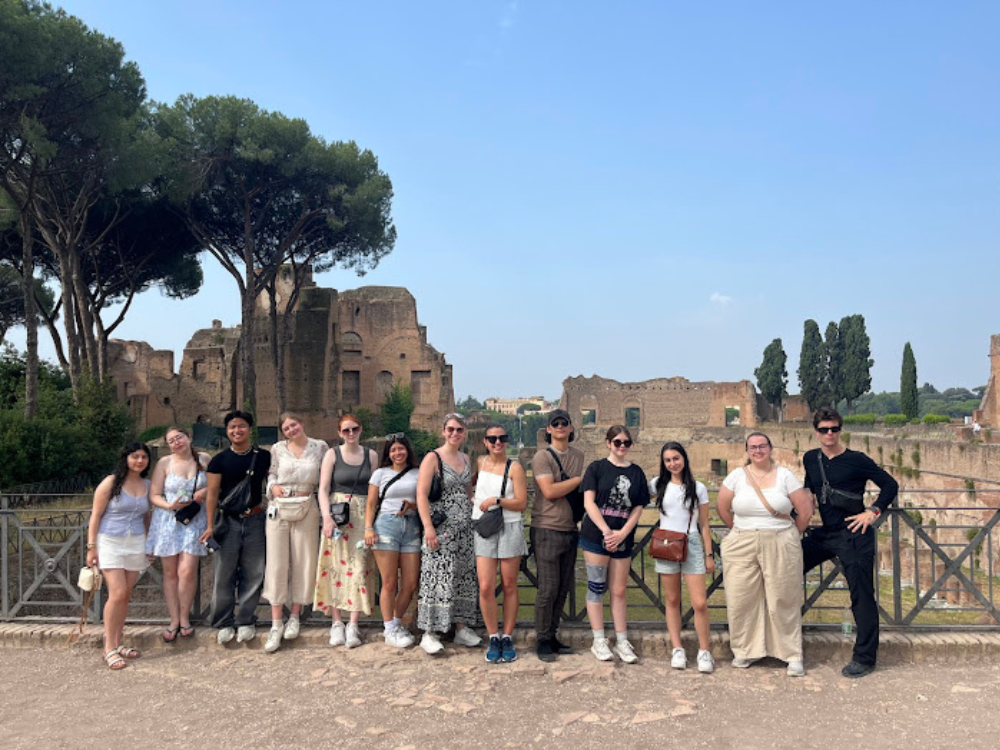
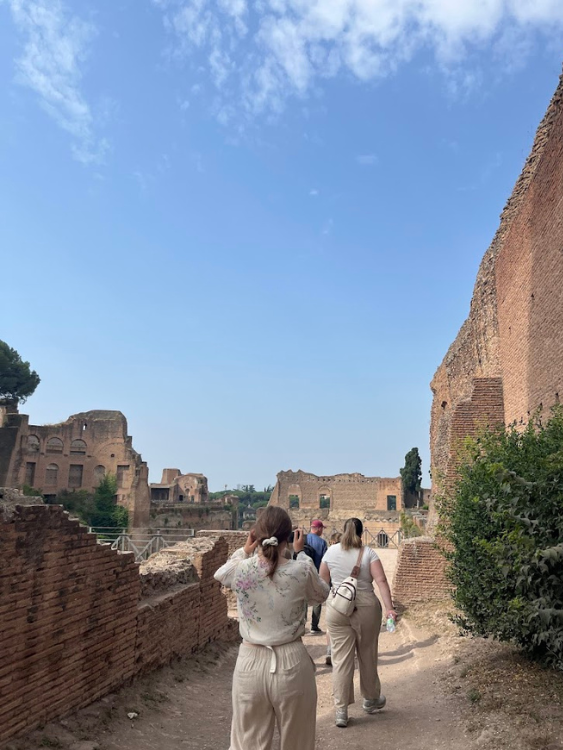
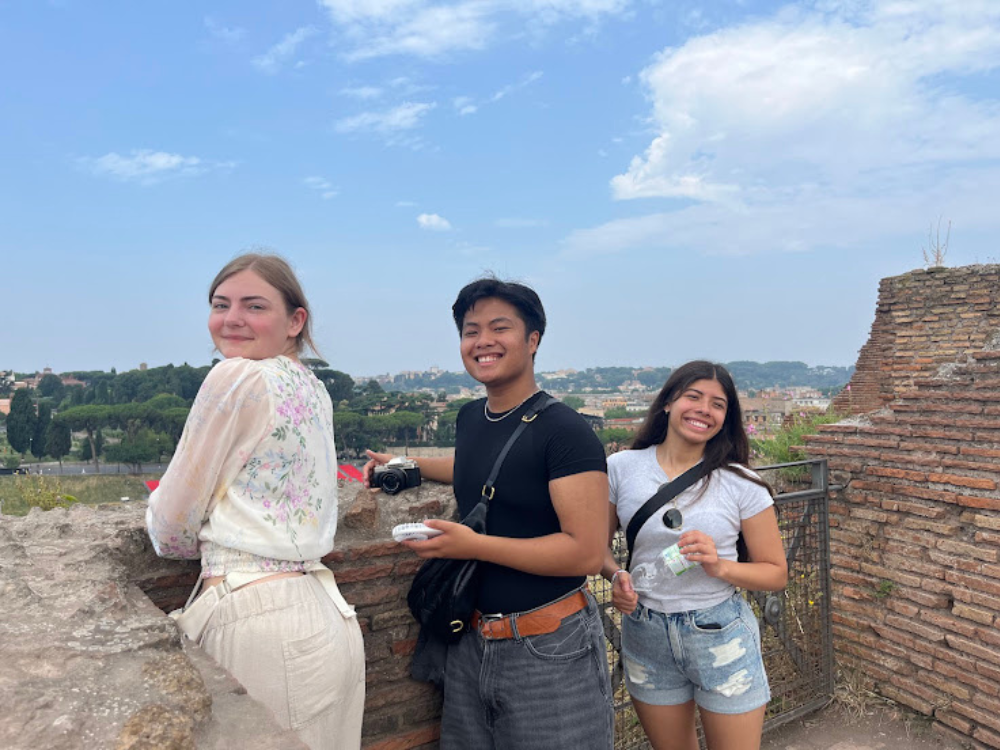

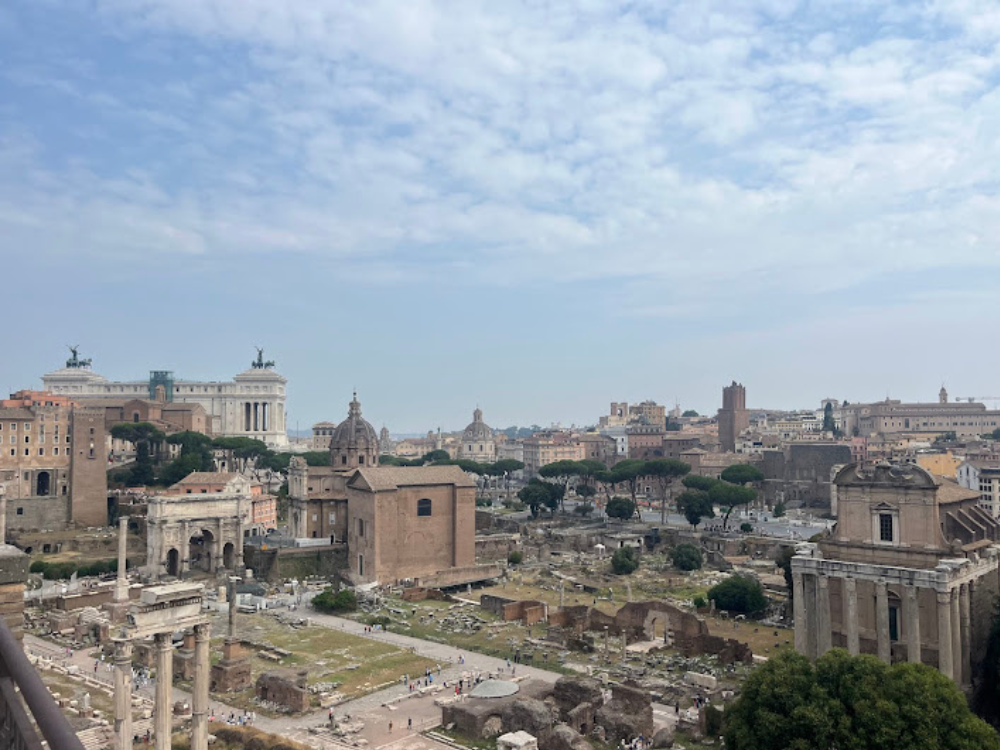
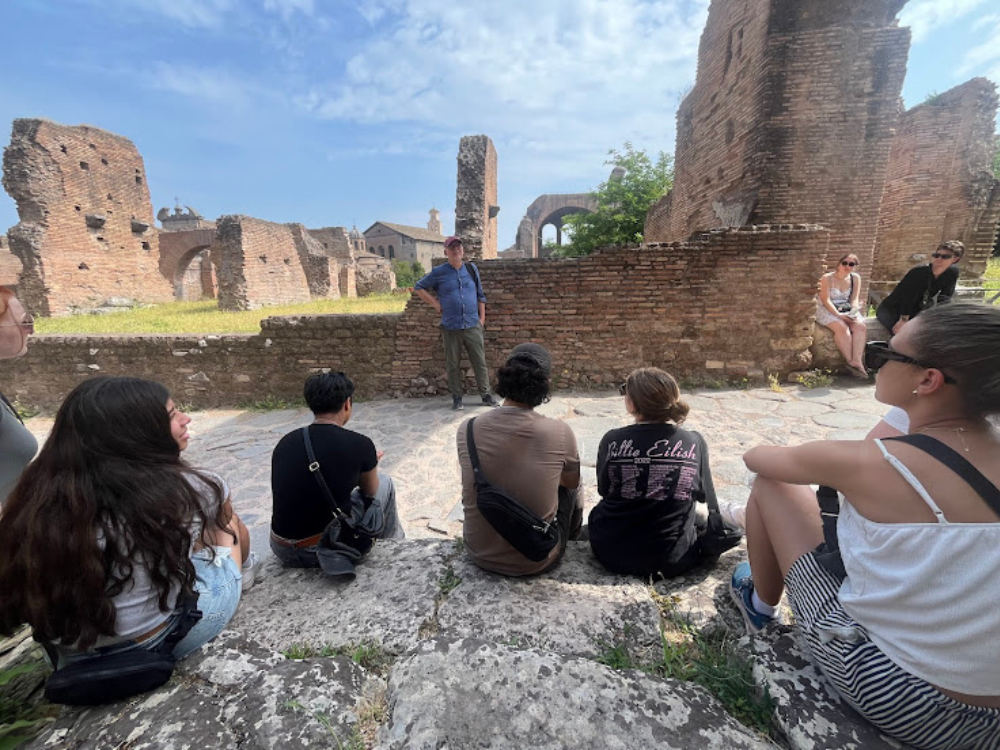
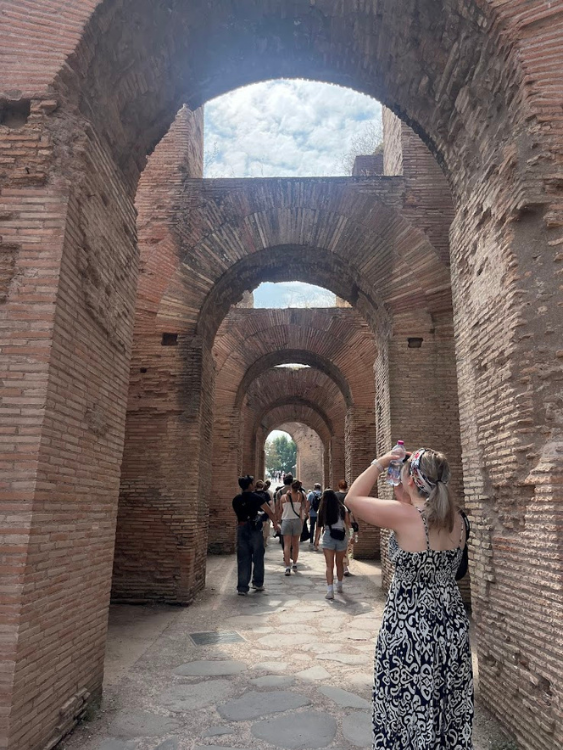
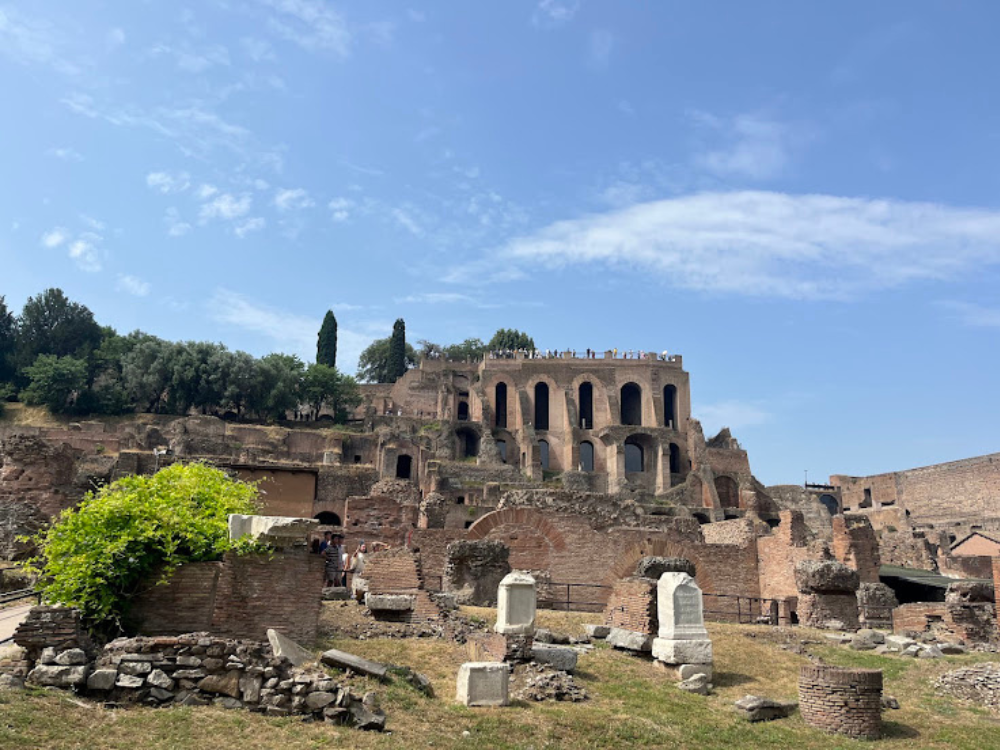
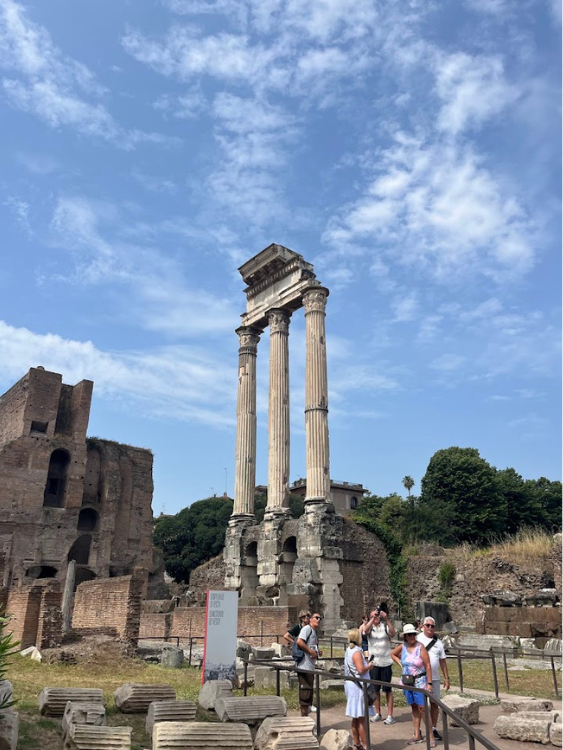
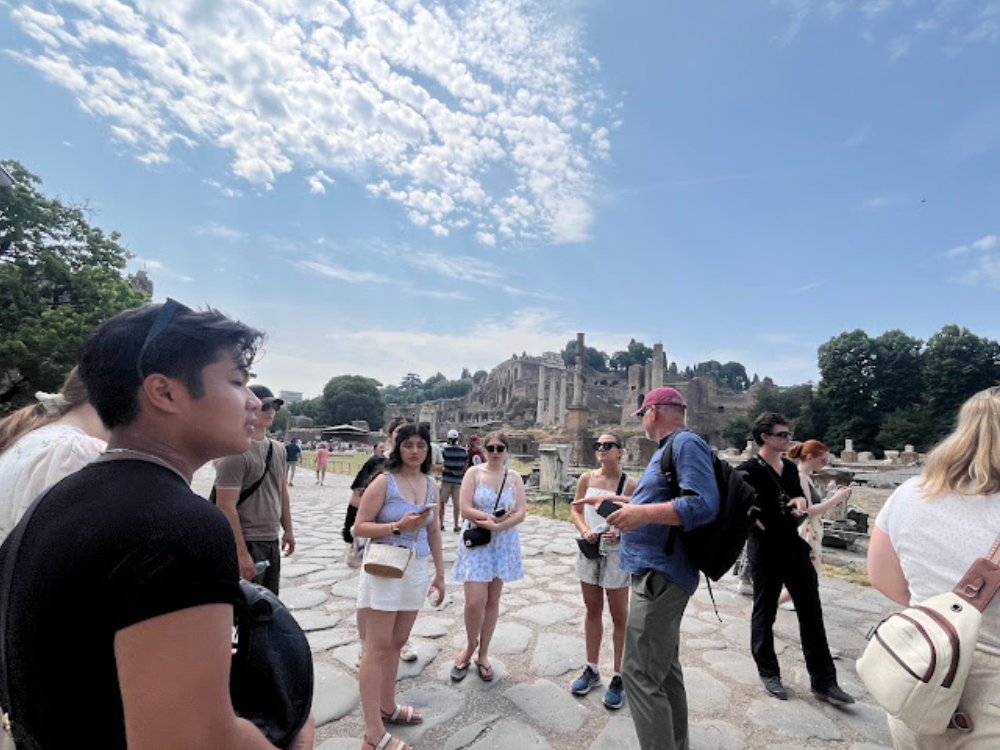
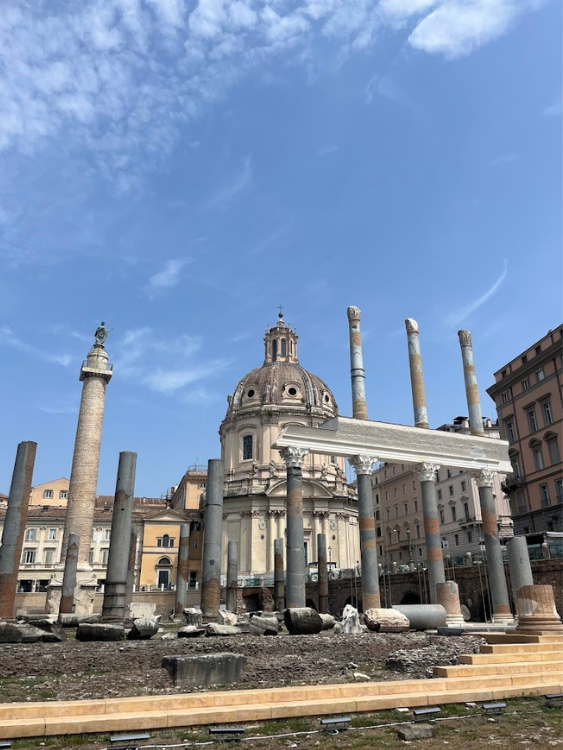
We followed that with a visit to the Capitoline Museum, which sits on one of the seven hills of Rome and is considered the world’s oldest public museum. The collection was incredible. Statues, ancient inscriptions, fragments of temples, and even the original bronze statue of Marcus Aurelius on horseback. A lot of what we saw helped tie together what we’d learned earlier in the day at the Forum. Seeing these artifacts up close, especially with the layout of ancient Rome literally visible from the museum windows, gave everything a sense of scale and continuity.
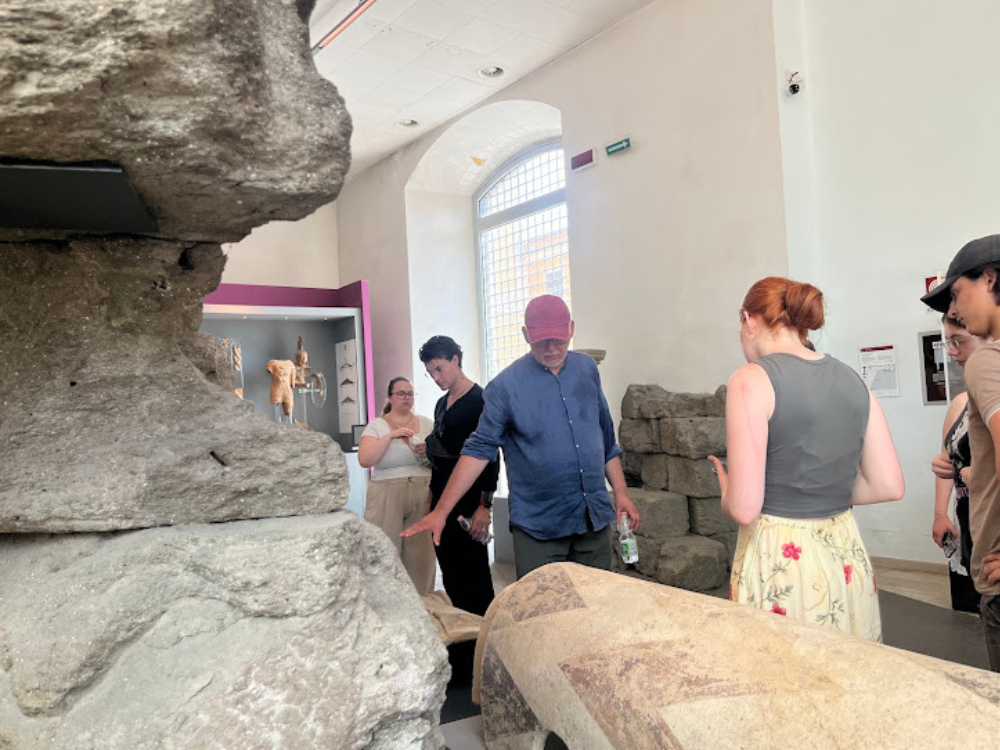
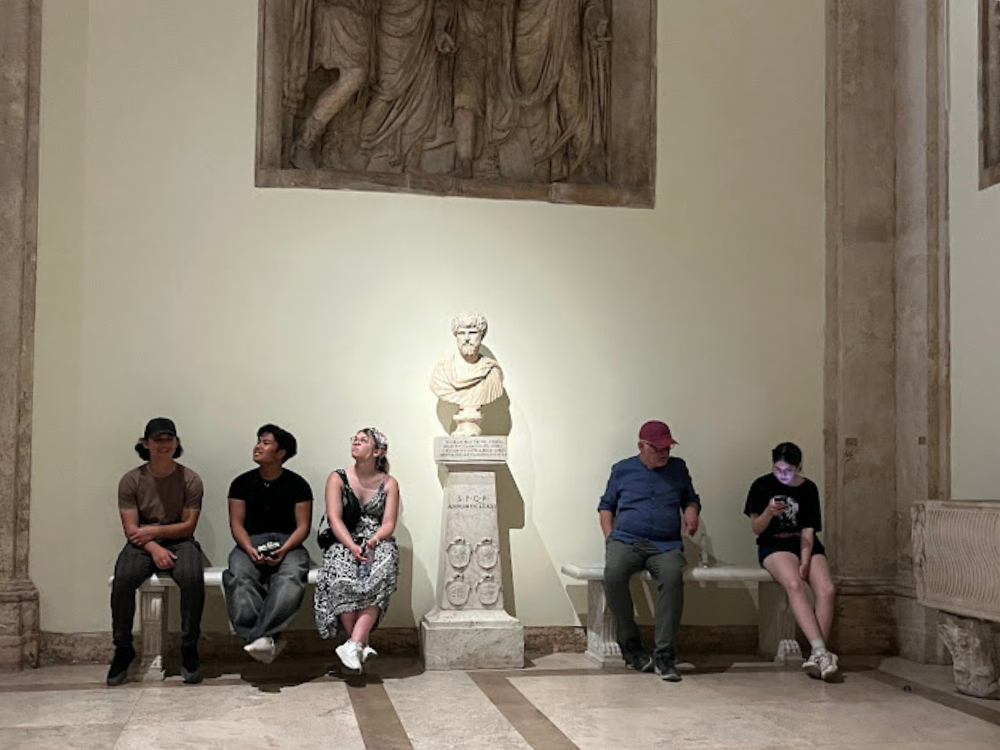
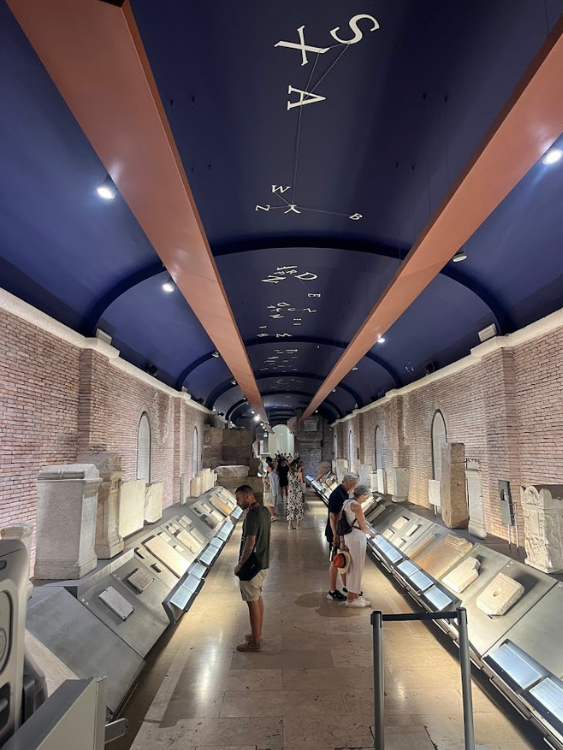
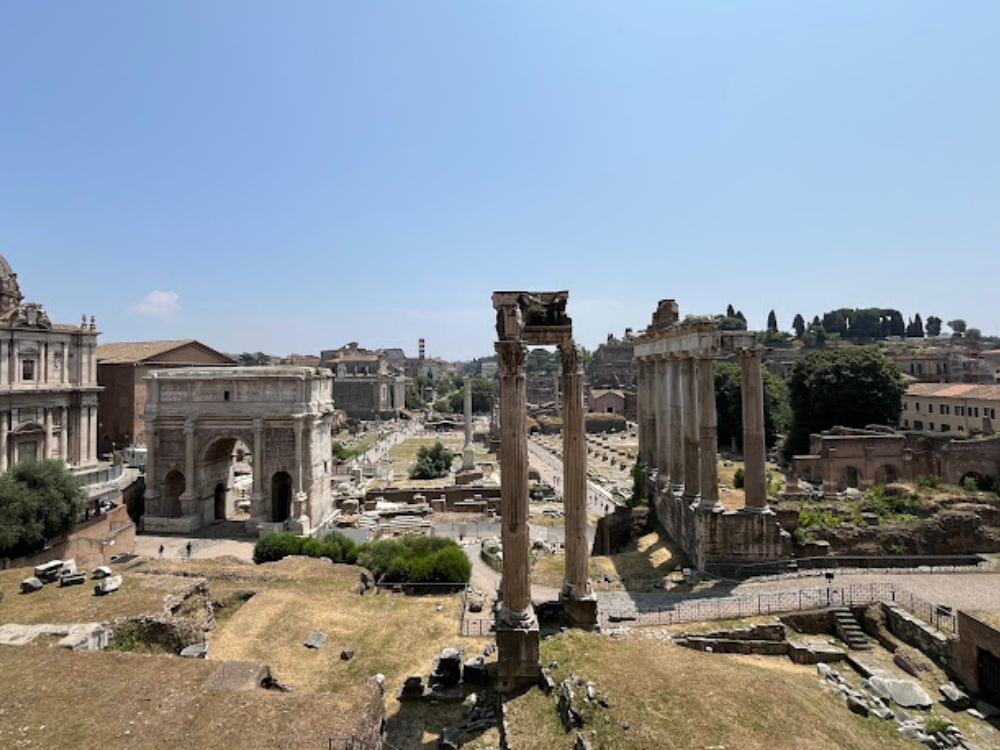
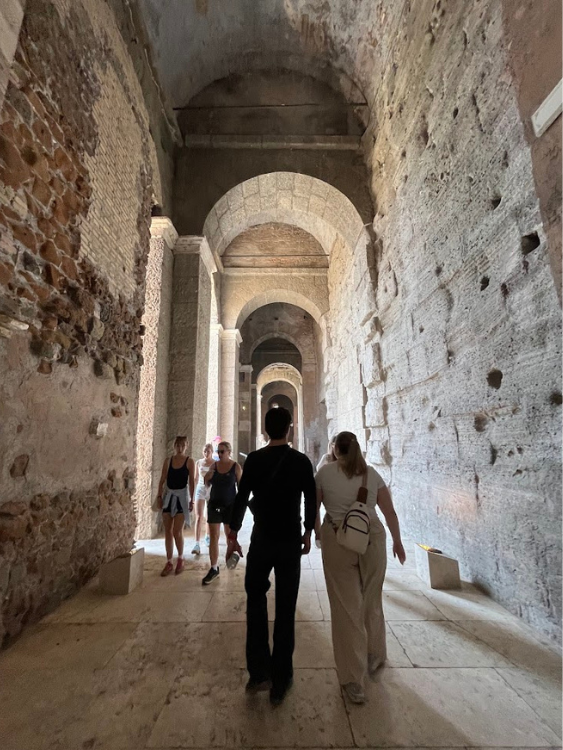
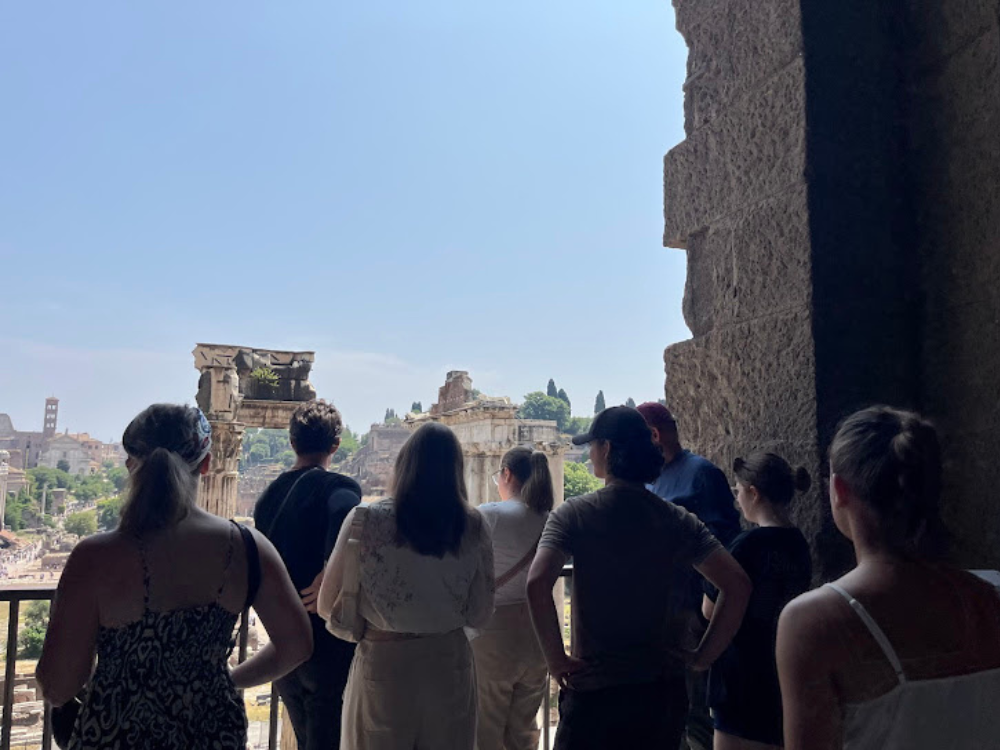
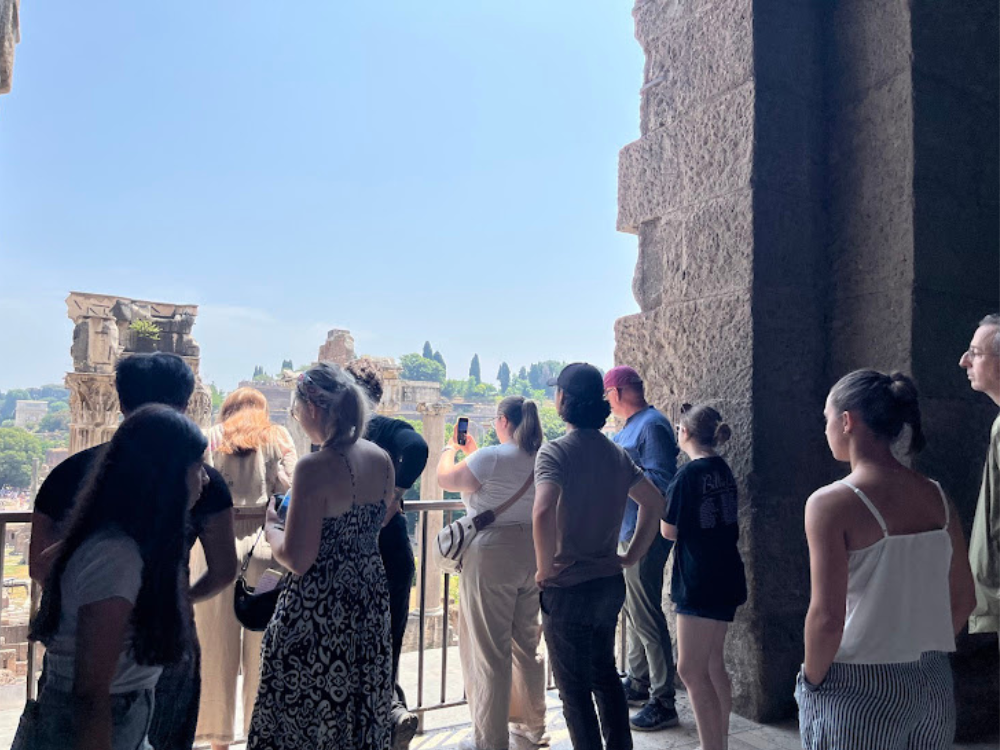
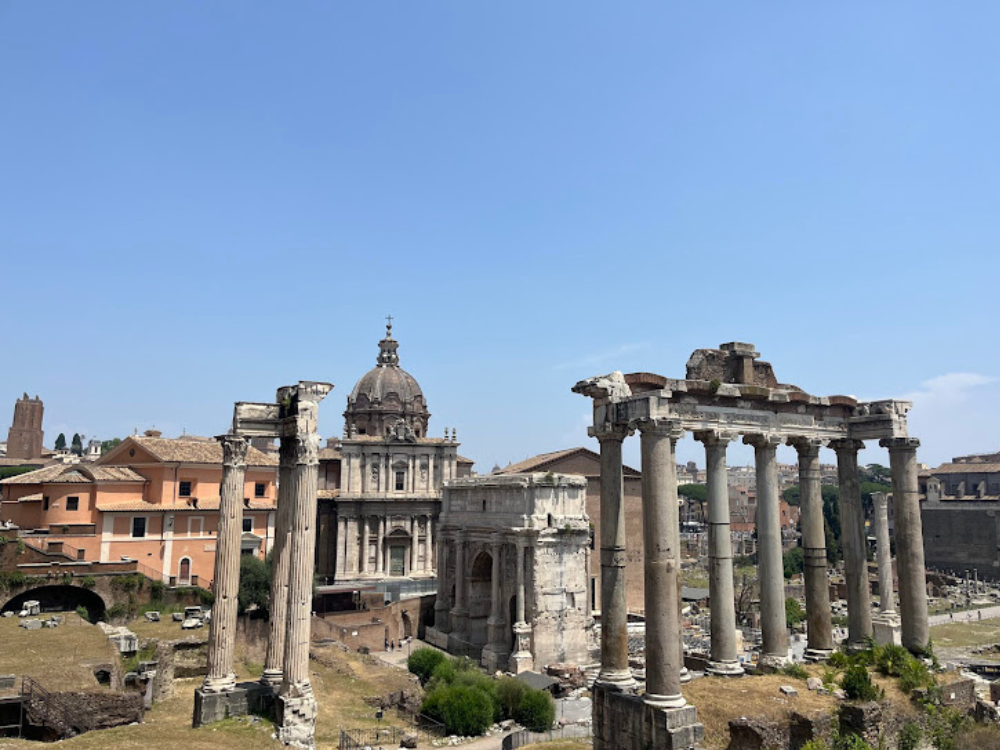
Next, we visited the Colosseum, and even though it’s probably the most recognizable monument in Rome, seeing it in person still hit differently. Walking through the arches and into the open arena space, the first thing that stood out was just how massive it really is. A few of us took the chance to video-call our families and show them the view. It felt like the kind of place you just had to share in real time. There was a great mix of learning and just being present, taking in the architecture, the light, the history, and the fact that we were literally standing in the colosseum.
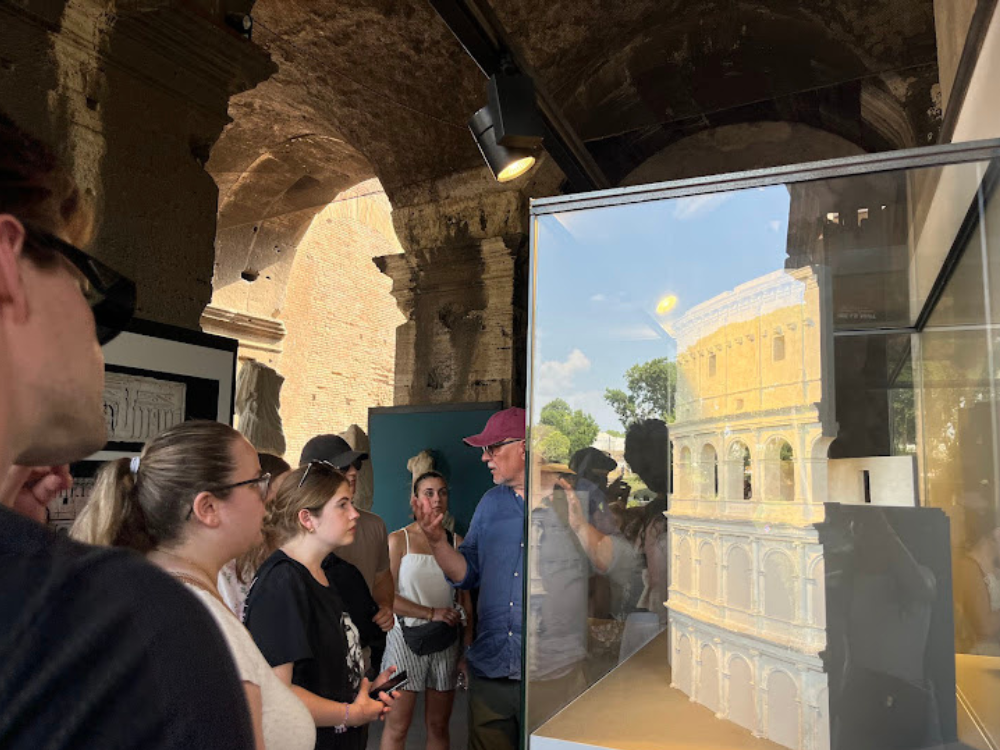
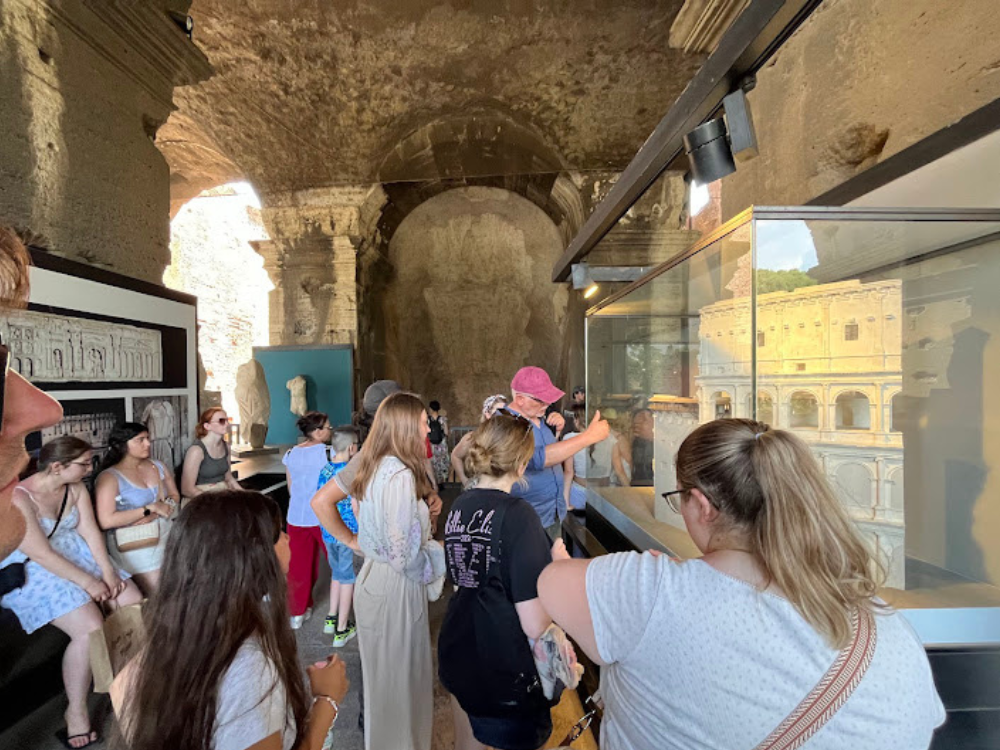
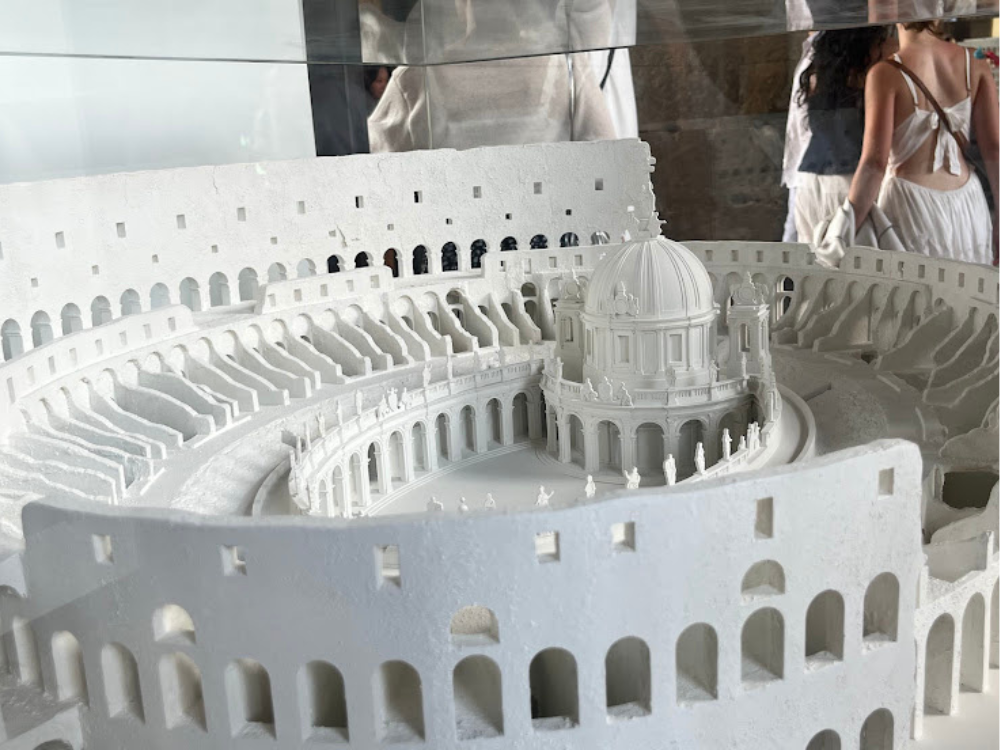
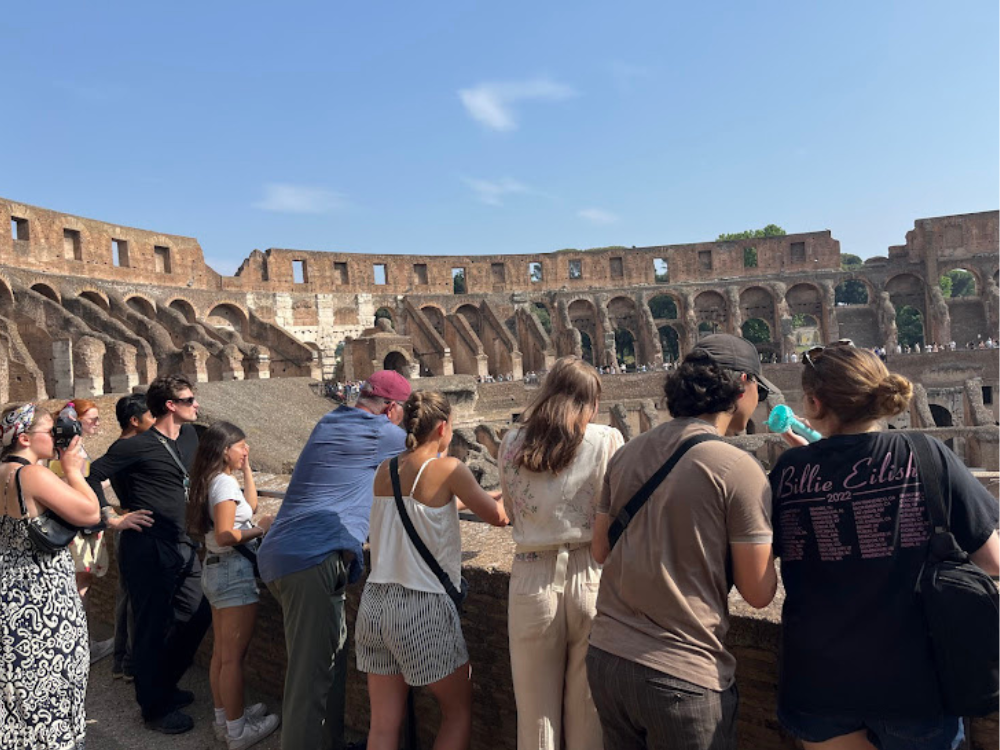
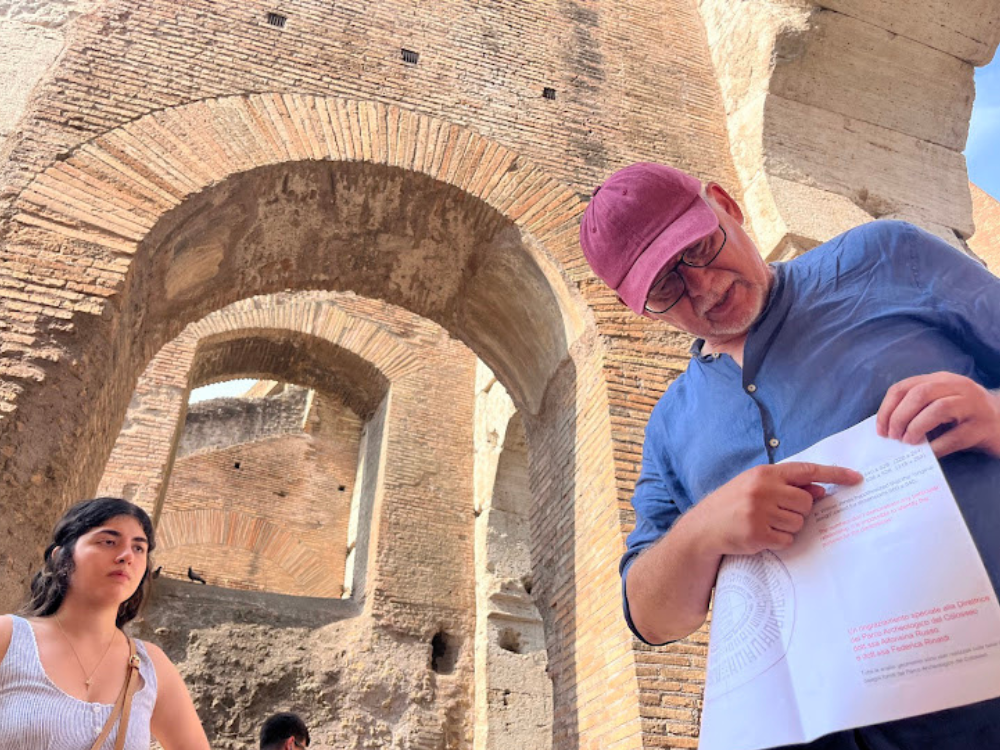
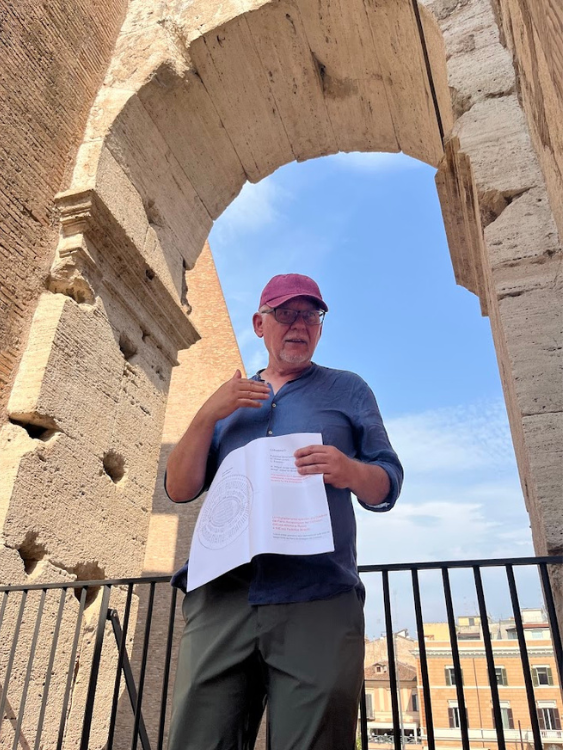
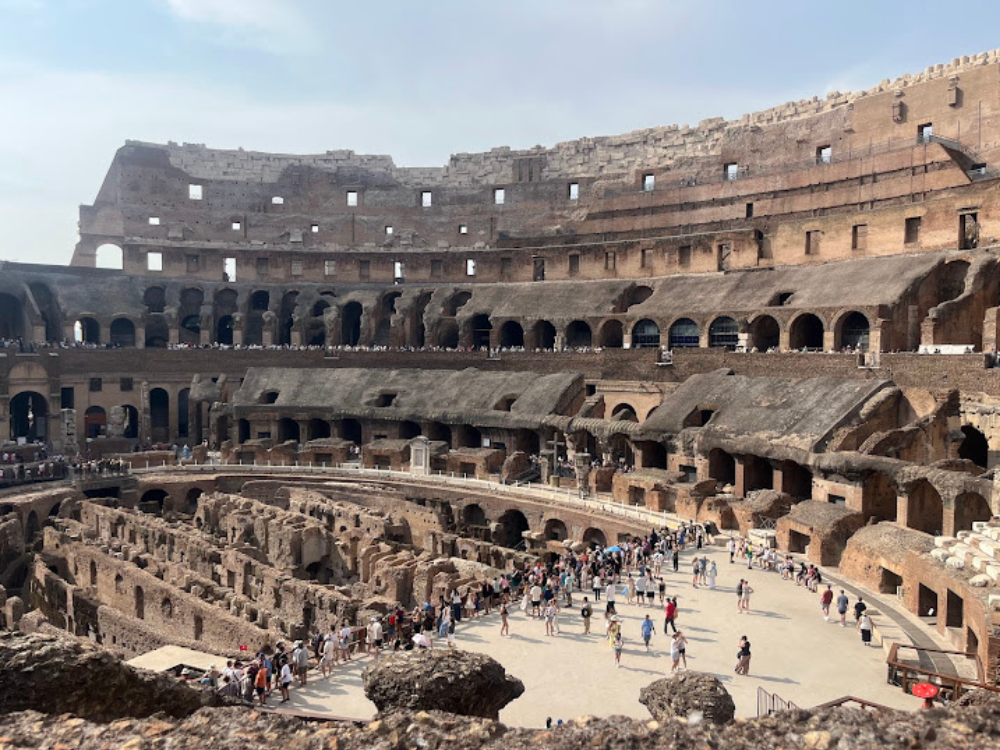
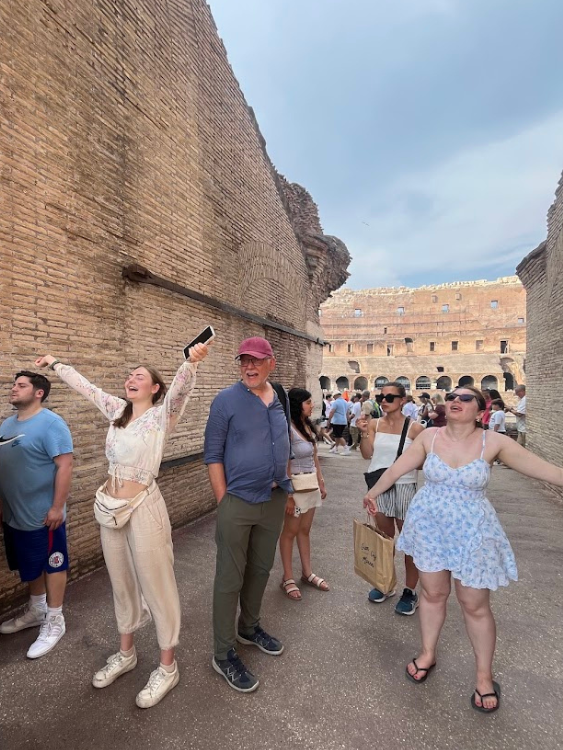
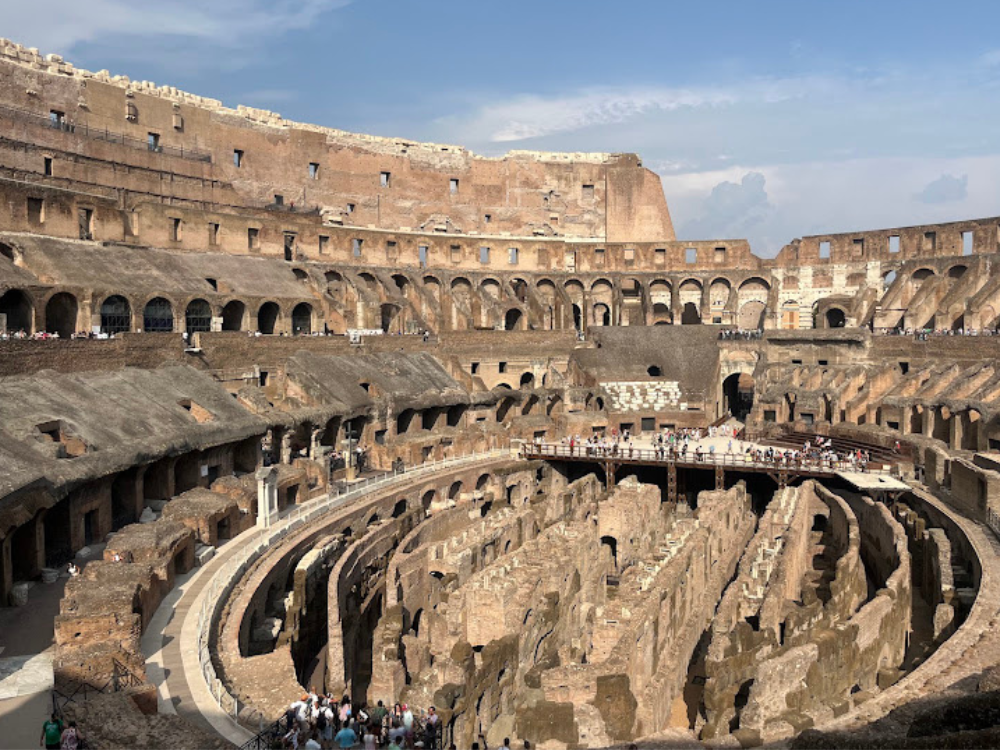

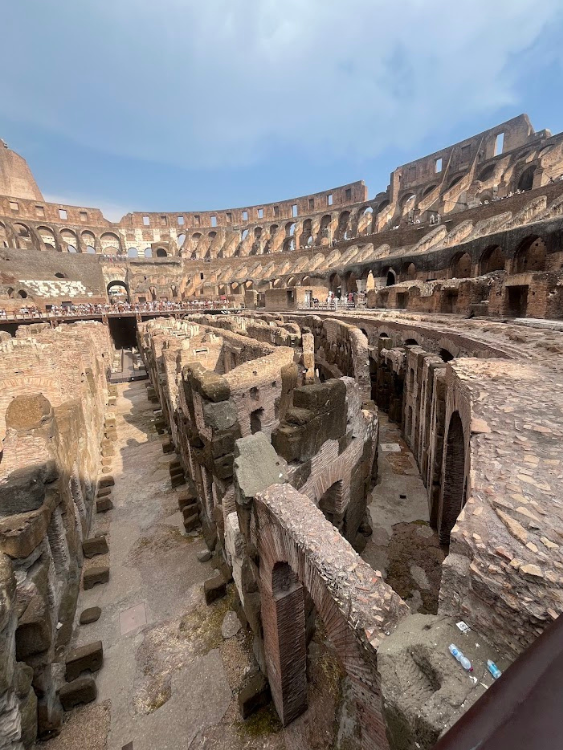
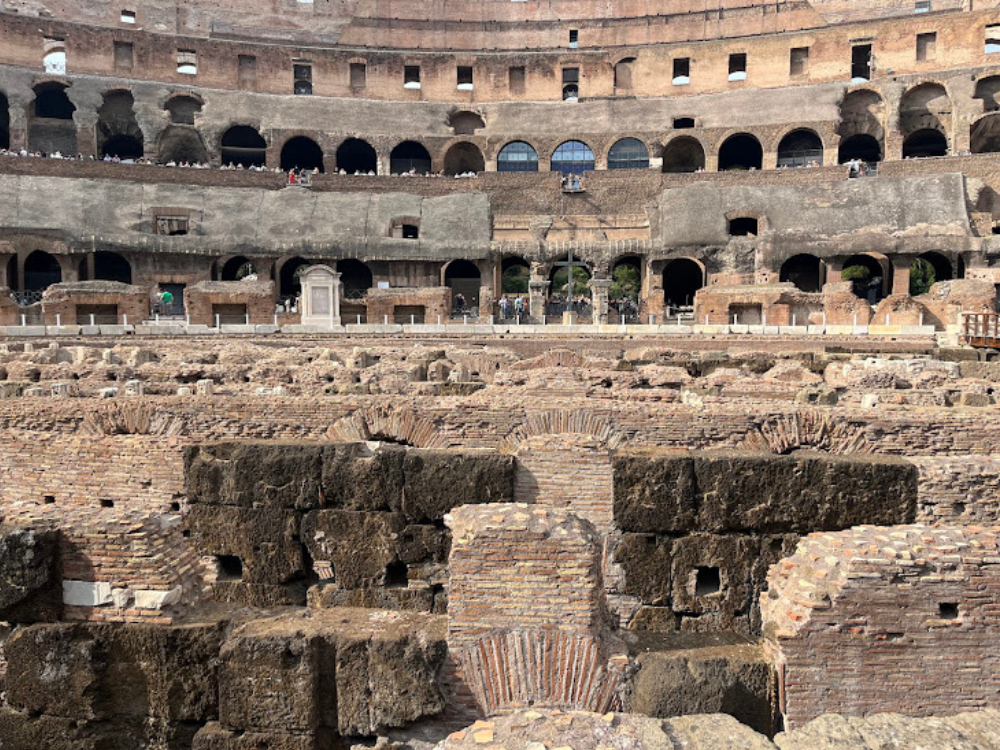
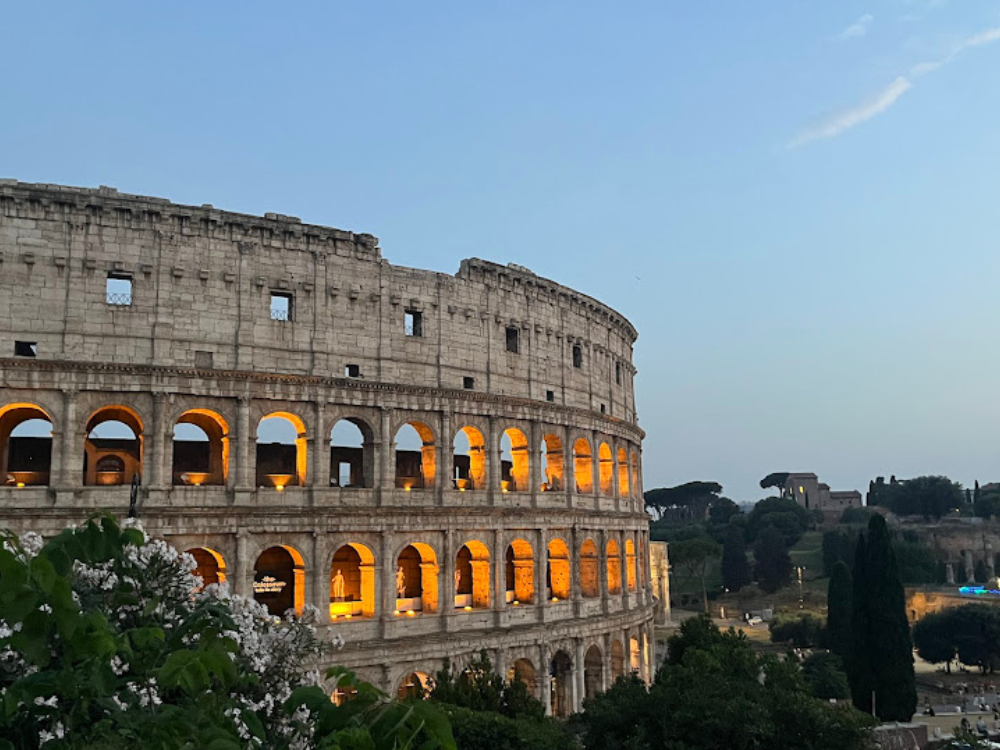
That night, we had a farewell dinner for Joanna and Wladek. It was a good way to end the day and thank them for everything they’ve taught us.
Our last day in Rome started at the Mercati di Traiano – Museo dei Fori Imperiali, which turned out to be a really fitting way to end the trip. The site is often considered the world’s first shopping mall; an enormous multi-level complex built into the side of a hill, complete with storefronts, administrative offices, and spaces for public gatherings. It gave us a closer look at what everyday Roman life might have looked like, beyond the temples and monuments.
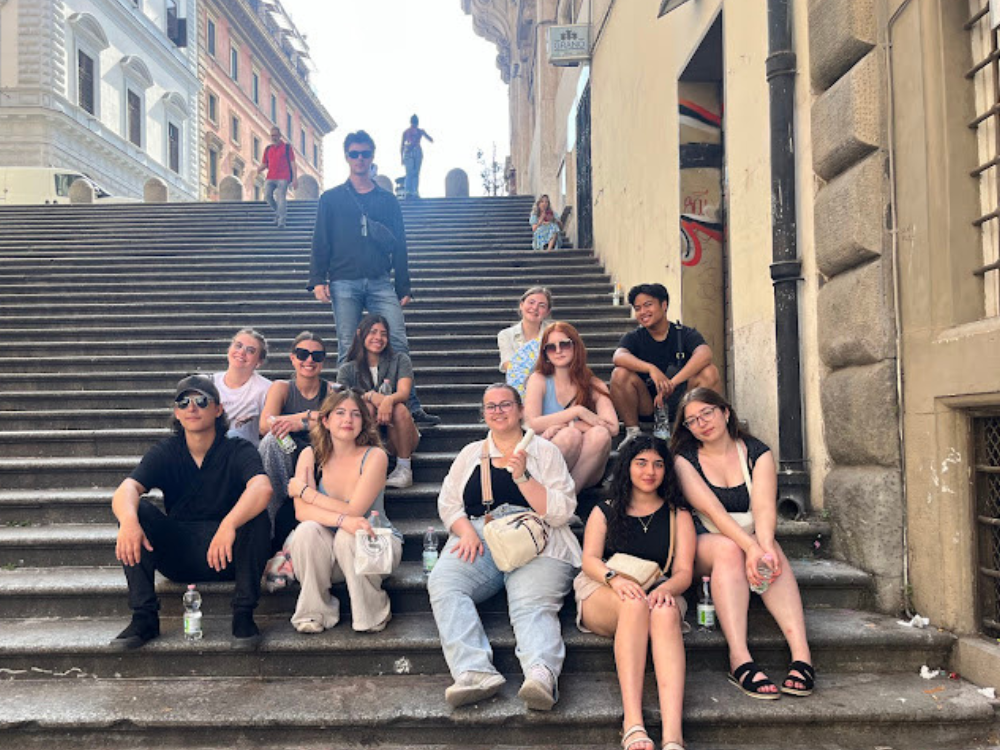
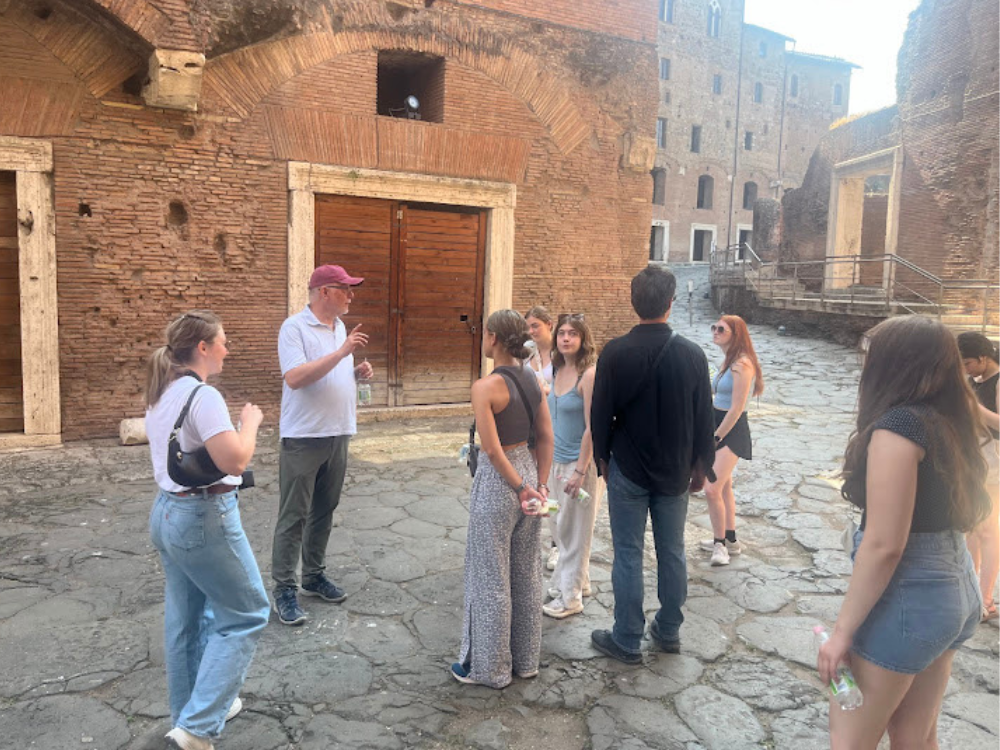
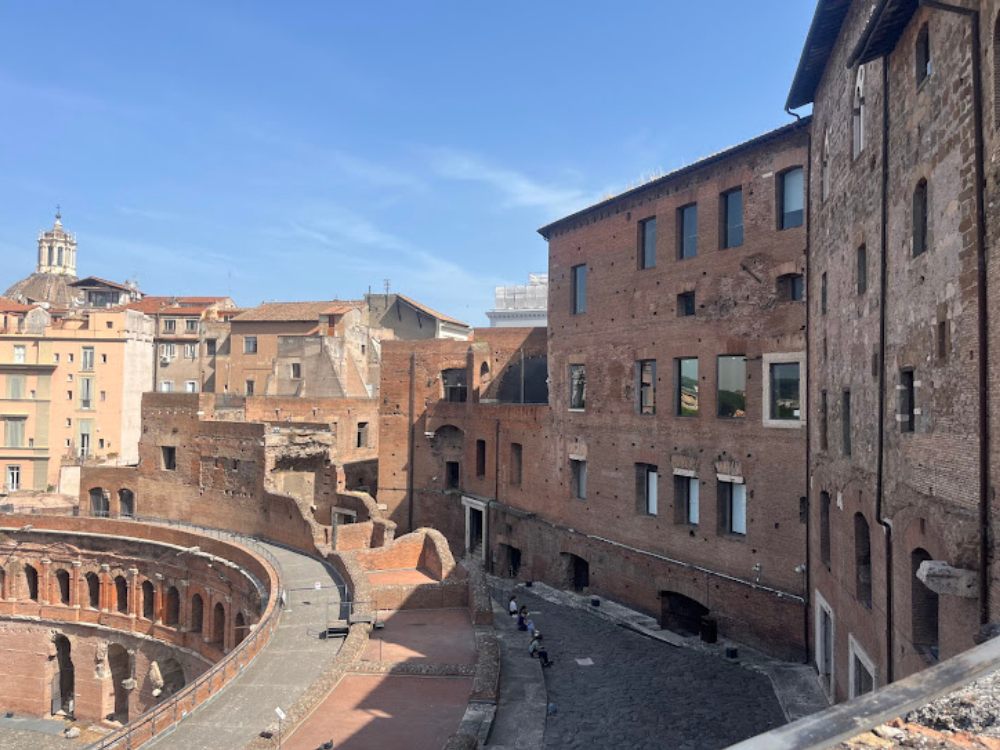
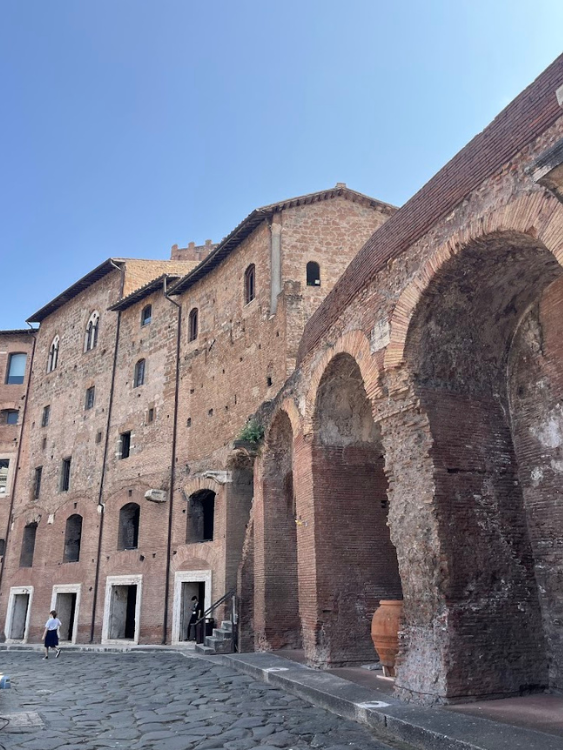
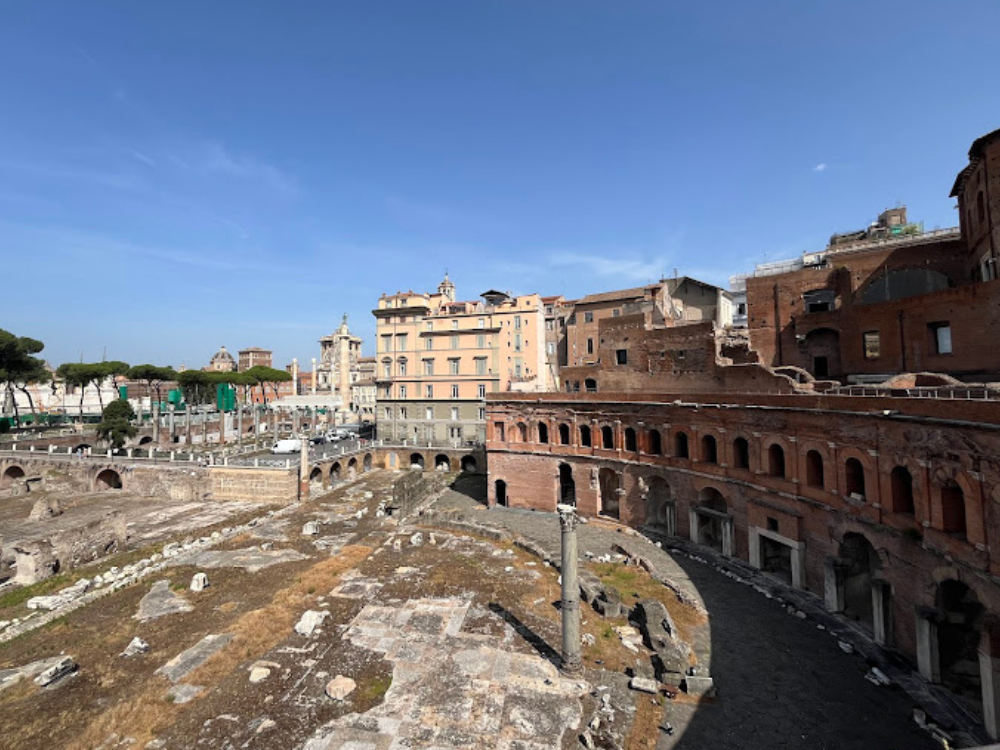
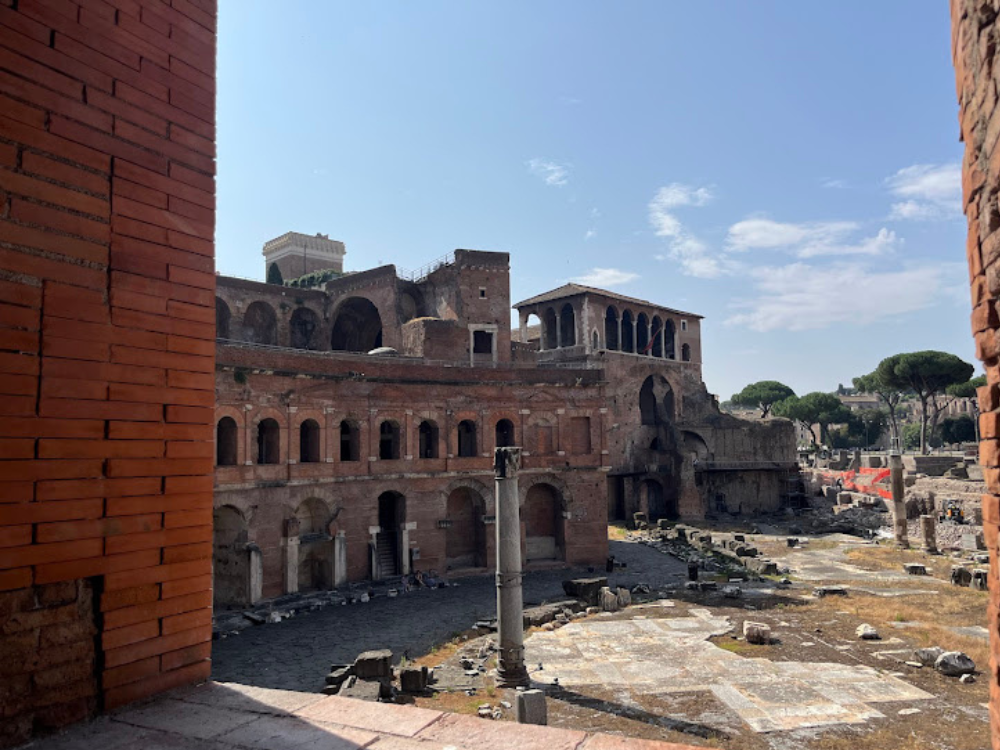
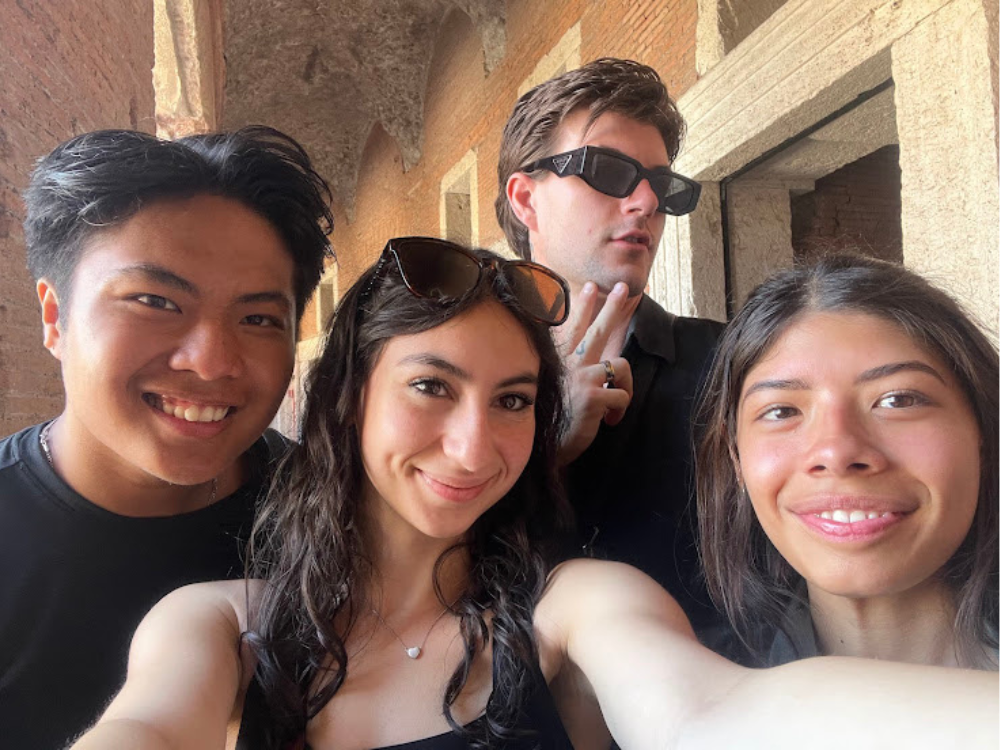
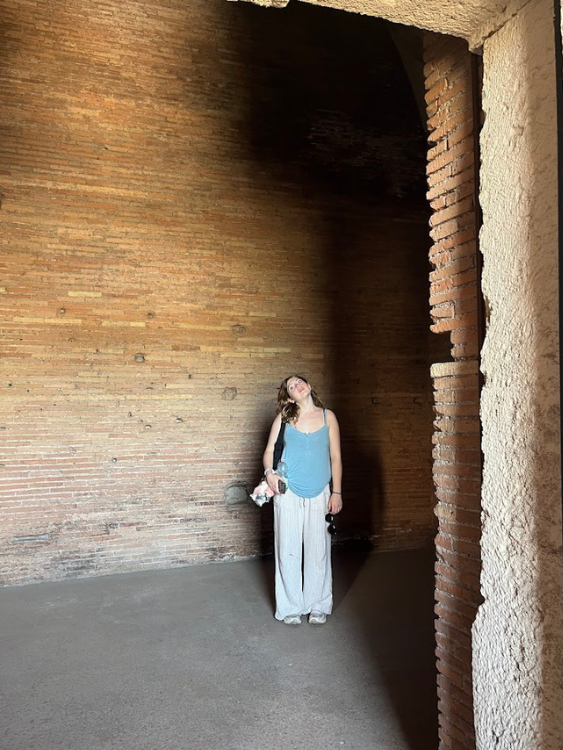
Inside the museum, we saw artifacts that showed the practical side of ancient Rome: tools, inscriptions, and even fragments of everyday items that people would’ve used. It was a reminder that Rome wasn’t just emperors and gladiators; it was also merchants, workers, and regular people going about their lives. Walking through the ancient market halls and looking out over the Imperial Forums below tied everything together. It felt like the final puzzle piece in understanding how Rome functioned as a living, breathing city.
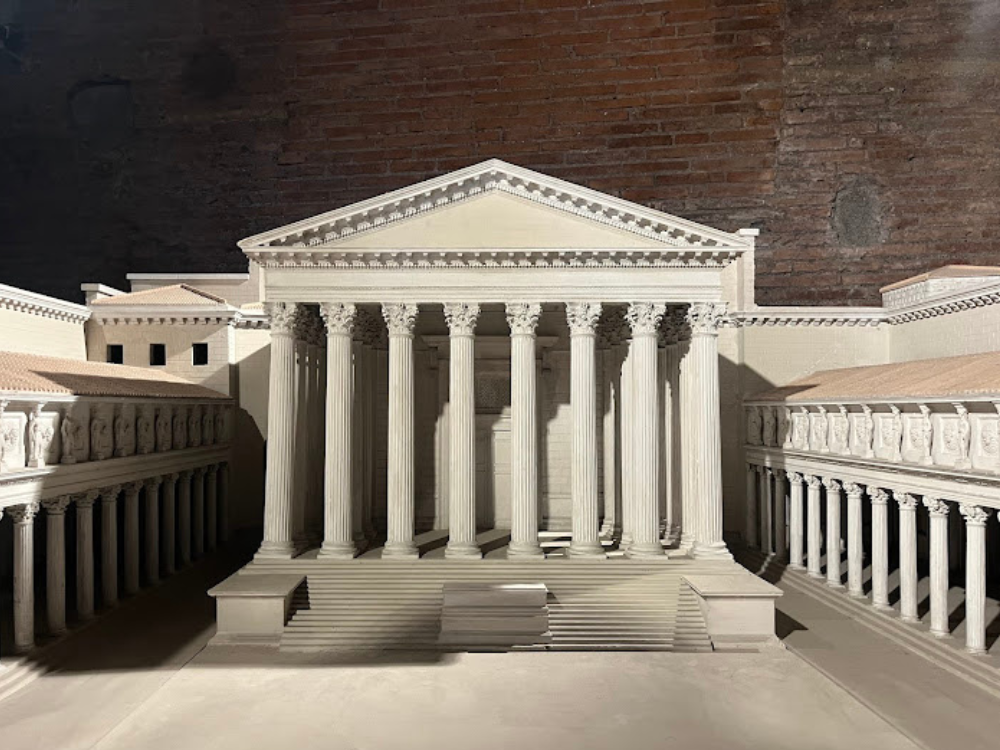
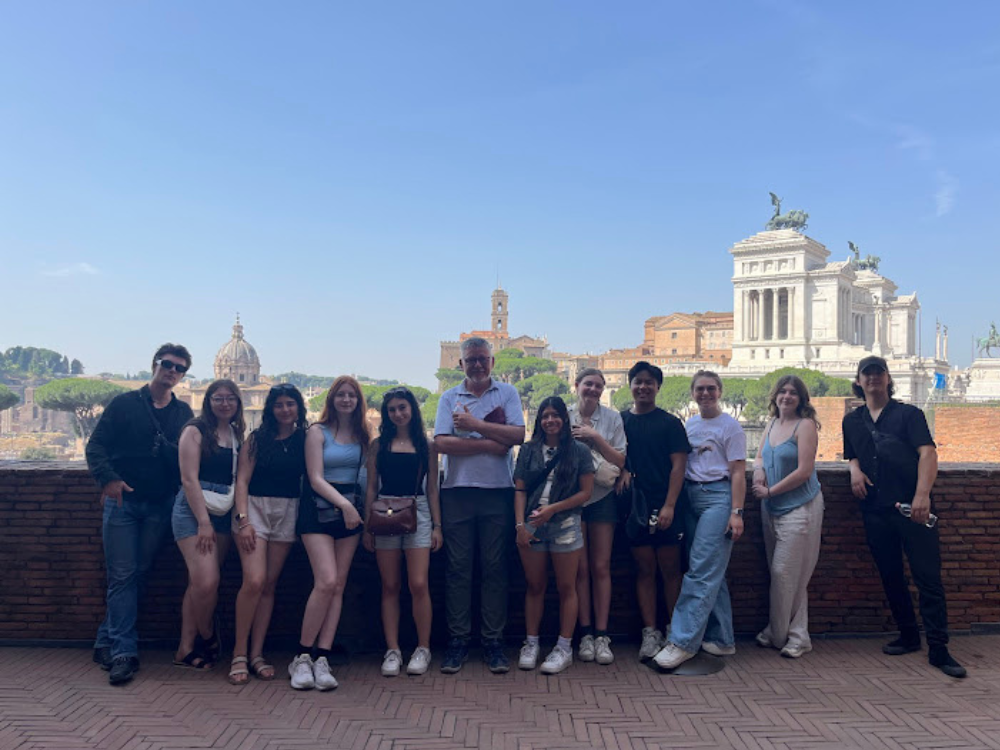
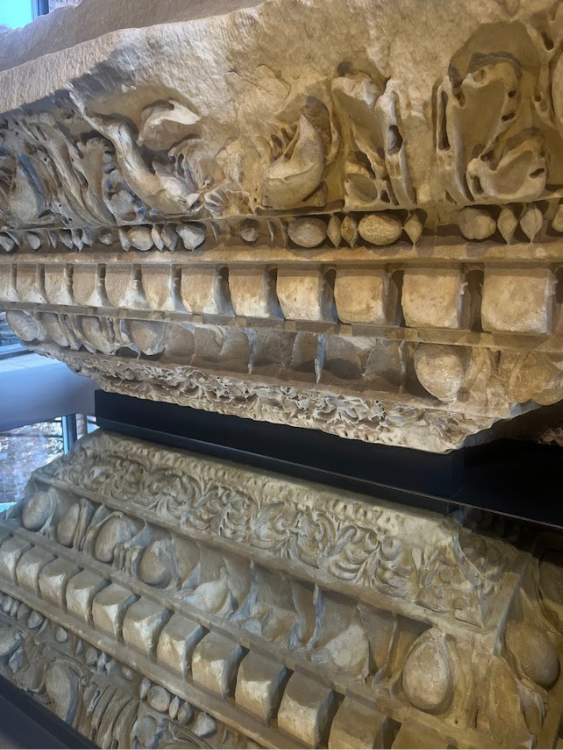
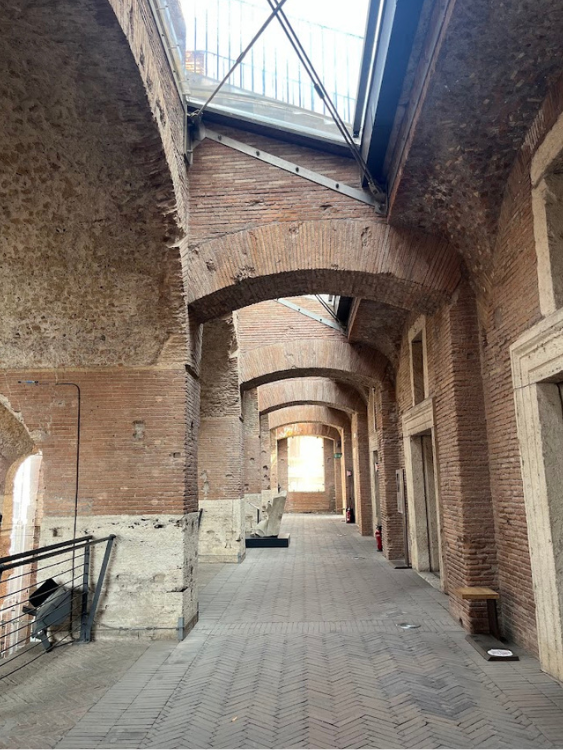
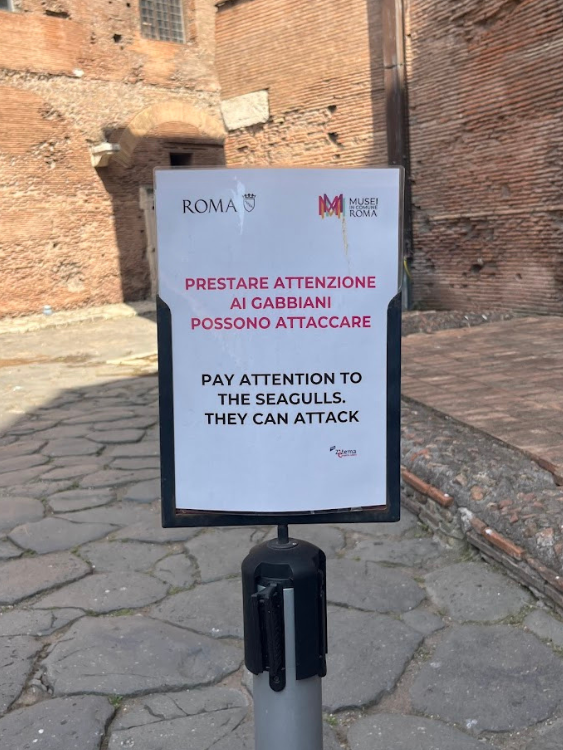
After that, we said goodbye to Joanna and Wladek and officially ended the trip. We crammed so much into our time there, discovering more than we ever anticipated, and having the chance to learn right where history was made made it all that much more special. A huge shout-out goes to our professors for pulling it all together and giving us this incredible opportunity. This trip isn’t just another stop on the map; it’s one of those experiences we know we’ll be reminiscing about for years to come.
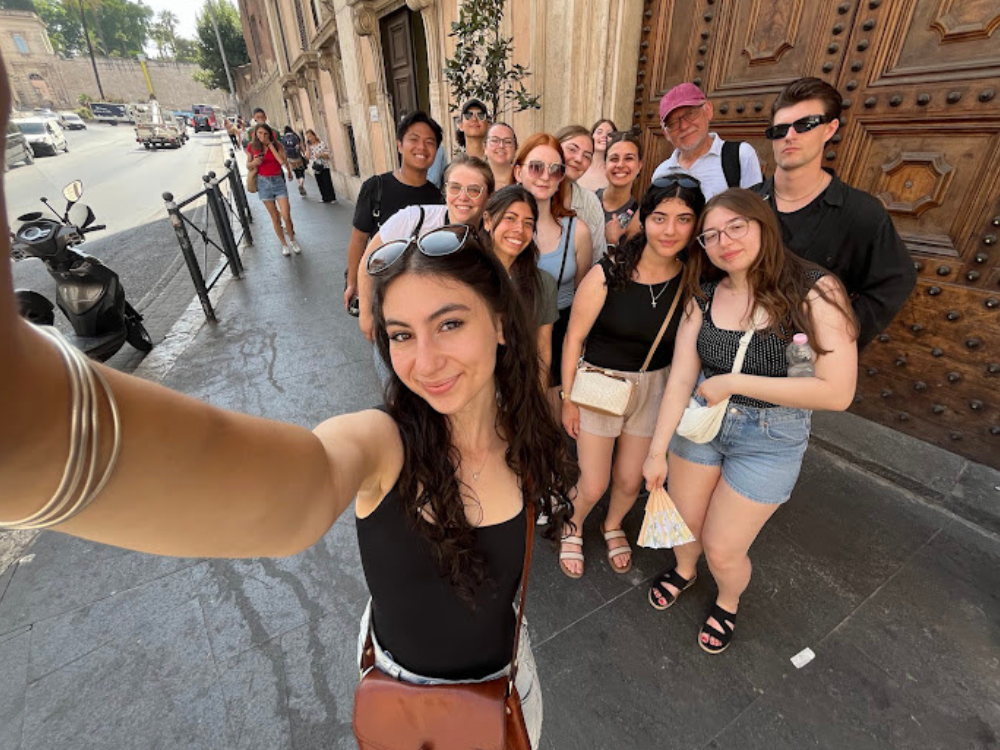
Until next time,
Daria Facchinato
